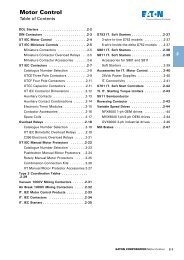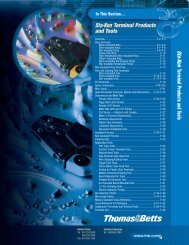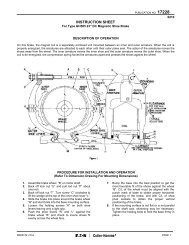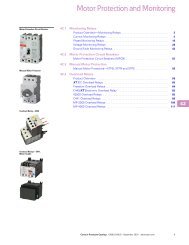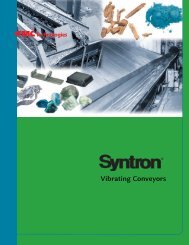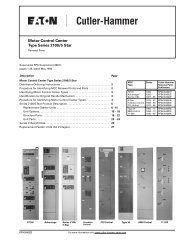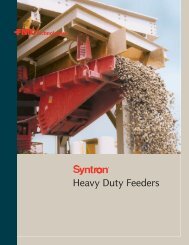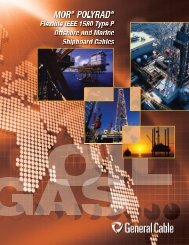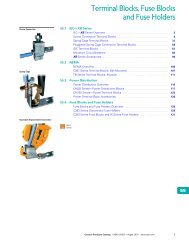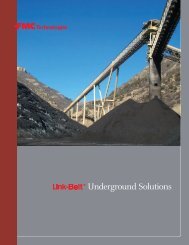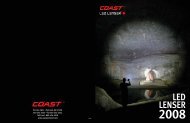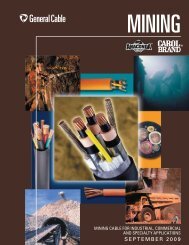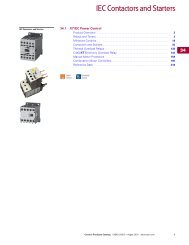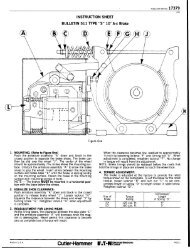Syntron® Vibrators - FMC Technologies
Syntron® Vibrators - FMC Technologies
Syntron® Vibrators - FMC Technologies
Create successful ePaper yourself
Turn your PDF publications into a flip-book with our unique Google optimized e-Paper software.
Pneumatic <strong>Vibrators</strong><br />
Optimized Operation of Syntron ® Turbine and Piston<br />
Pneumatic <strong>Vibrators</strong><br />
1. Air Line to Vibrator — In order to minimize pressure loss from the compressor, the inner<br />
diameter (ID) of the hose to the vibrator should be the same as or larger than the inlet ID<br />
(pipe size) of the vibrator.<br />
2. Flow Valve — A flow control valve can tune the vibrator to the required force. The flow<br />
volume determines the force and frequency of the vibrator. Throttling the flow enables you<br />
to find the desired material discharge rate and avoid the natural frequency of the bin or hopper.<br />
If the bin wall and vibrator shake violently, increase or decrease the speed to run with minimum<br />
movement. Do not exceed the maximum air pressures shown on pages 35, 36, 38 and 43.<br />
3. Quick-Opening Valves — Quick-opening valves can be used between the air regulator and<br />
vibrator to allow air to enter the vibrator at full starting force, even at low regulator valve<br />
settings. However, the air regulator must be installed at a sufficient distance from the quickopening<br />
valve so that the air pressure between the two valves will build up enough to yield<br />
the necessary starting force.<br />
4. Water in the Line — Water in the line should be avoided because it will remove the protective<br />
film of lubrication necessary to ensure proper operation.<br />
5. Air Filter — Use an air cleaner in the line to prolong vibrator life and keep it at maximum<br />
efficiency and lowest energy consumption. In turbine vibrators, unclean air will accelerate<br />
wear of the housing and clog the muffler. In piston vibrators, unclean air will considerably<br />
diminish vibrator life and clog clearance between the cylinder and piston. It will also increase<br />
wear on the piston, as well as increase air consumption and diminish vibrator efficiency.<br />
6. Air Lubrication — Lubrication is necessary ONLY for Piston <strong>Vibrators</strong>. Turbine vibrators<br />
have prelubricated bearings. Lubricated air may clog the muffler on turbine vibrators.<br />
7. Operation Requirements — Do not operate a piston vibrator prior to mounting it to a<br />
mounting plate or channel.<br />
8. Using a Timer — For better efficiency and longer vibrator life, operate the vibrator only as<br />
required to maintain flow.<br />
9. Empty Bin — Do not operate a vibrator on an empty bin.<br />
10. Ambient Temperature — Do not install pneumatic vibrators in environments where ambient<br />
temperatures exceed 180˚F.<br />
46



